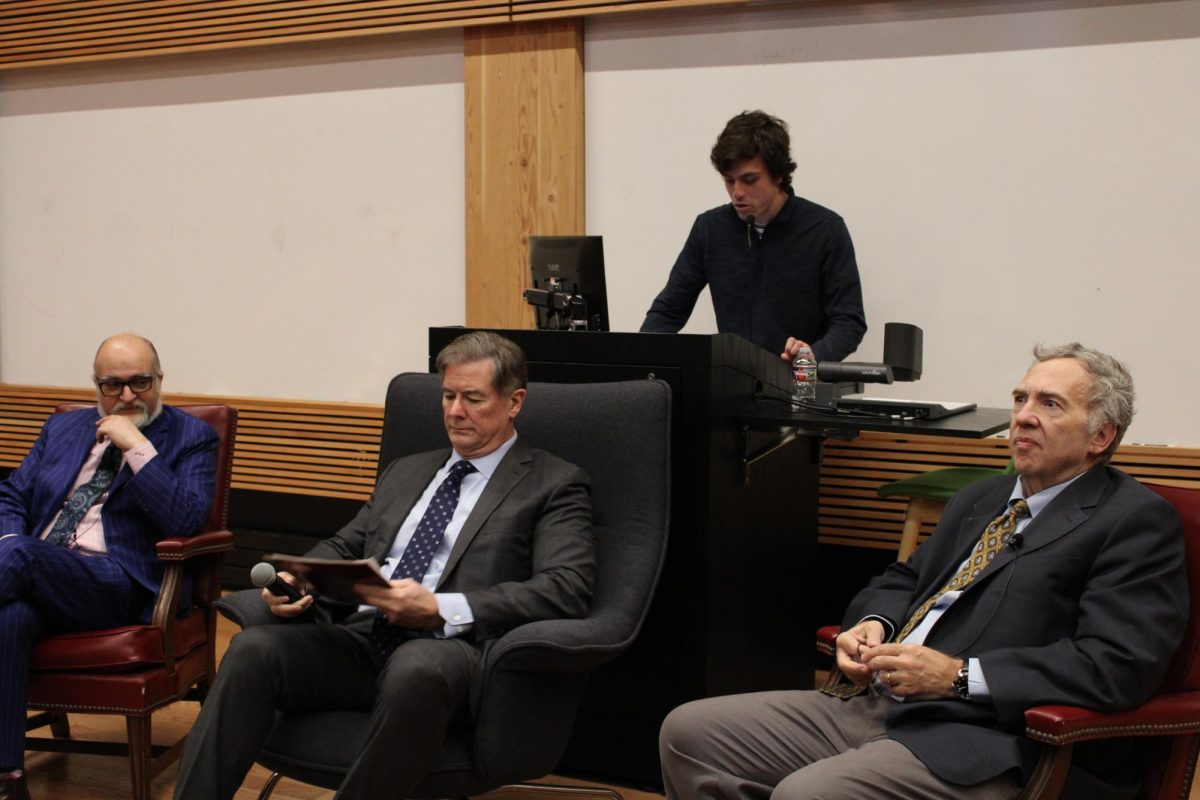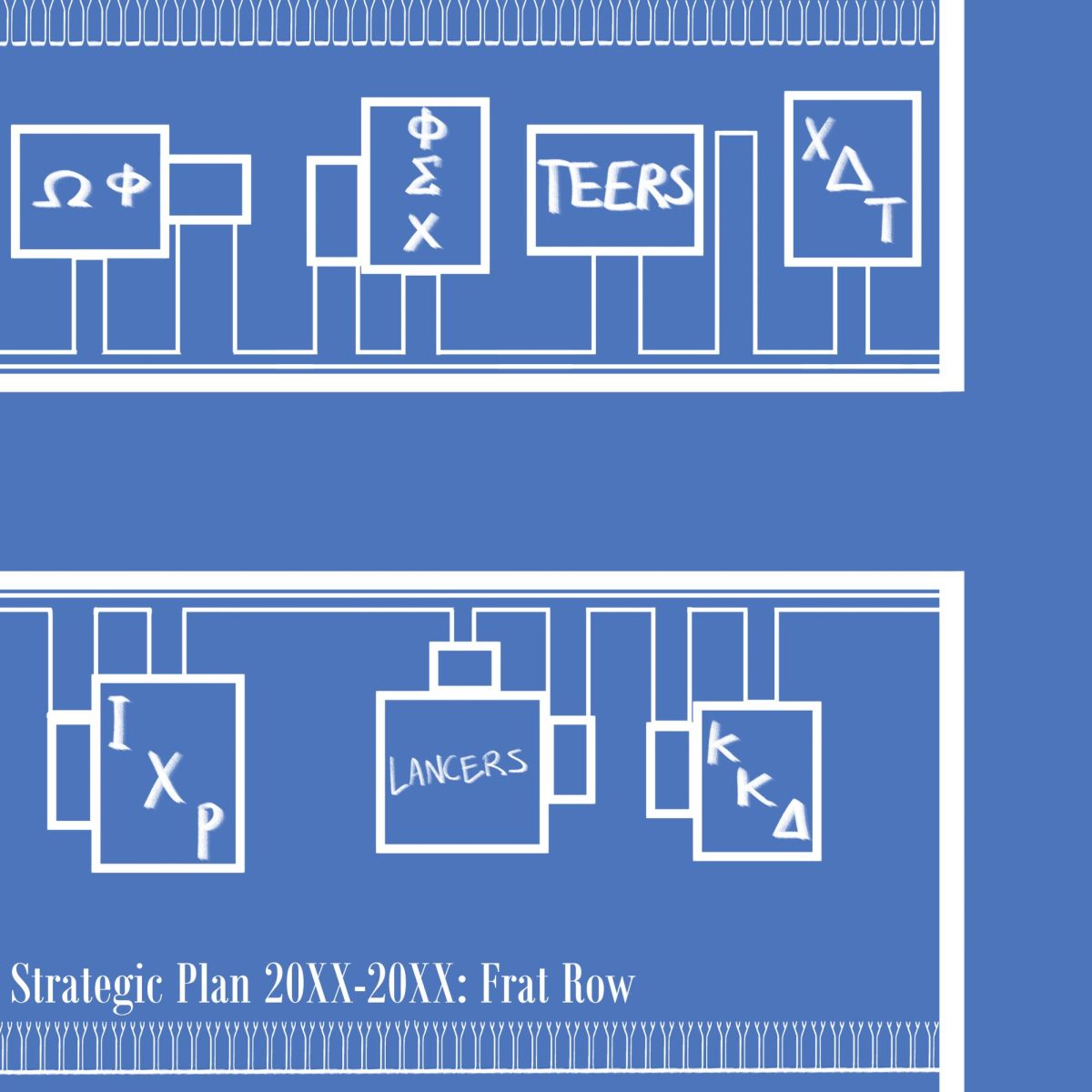How do you learn? As a student of the humanities my answer is almost always discussion. Having unthought-of ideas presented to me by friends, fellow students and professors is near paramount to my education. Without new ideas and perspectives on important worldly topics like books, love and techno goth culture, how would my understanding of the world grow? Quite simply, I don’t think it would.
So when Atlantic writers Greg Lukianoff and Jonathan Haidt asserted that they believe college campuses are at risk of having open discussion muzzled in their article “The Coddling of the American Mind,” I took notice.
The authors speculate that the implementation of “trigger warnings” are detrimental to college students’ education and mental health. Trigger warnings are described in the piece as alerts issued by professors to students prior to assigned course readings or lectures that could evoke feelings of discomfort or emotional distress in students. It is Lukianoff and Haidt’s shared belief that shielding students from uncomfortable realities and opinions fails to teach them some of college’s most valued lessons; among them is the ability to think critically.
However, Bailey Loverin is a college student who advocates for trigger warnings in her New York Times opinion piece “Trigger Warnings Encourage Free Thought and Debate.” The title essentially sums up her argument for the work. She states that students learn nothing if subject matter presented causes them to relive personal traumatic experiences, thus causing them to shut down from the instruction presented. Through trigger warnings, individuals could better prepare for the possibility of a very uncomfortable discussion without stopping it all together.
It seems that both sides want to accomplish a similar goal: the creation of enriching educational environments. Lukianoff and Haidt fear that critical thinking will be significantly harder to teach if professors withhold information due to subjective emotional responses. Loverin believes that student’s emotional responses to some information are valid and ought not to be ignored. I share the belief that teaching students to think critically is one of the most valuable aspects of a college education. In my studies, it is integral to understanding global politics as well as works of literature. While academically beneficial, critical thinking also helps me question personal choices and preconceived notions of how the world seems to me.
With that being said, thinking critically comes at a cost. People are presented with information that could make them uncomfortable because it is uncomfortable. It’s not necessarily pleasant to learn about social injustices and world atrocities. It takes people out of their pre-established comfort zones, a necessary but difficult process.
There are also those college students who have experienced traumatic events that others have only read about. For those who’ve been subjected to trauma, the process may be even more daunting. If a student does have a serious emotional reaction to information presented or discussed, then that’s their reaction. The feelings they feel are valid and are not to be lightly dismissed as a weakness or failure to learn.
While trigger warnings may benefit those individuals who suffer with relived traumas induced by the presentation of distressing information, I don’t believe they should be mandatorily issued to all students before discussions or assigned readings. Lukianoff and Haidt consider how trigger warnings make objective information subjectively frightening. Information ought to be discussed without imparting beliefs on all students that subject matter is considered subversive or distressing. However, it should always be kept in mind that different people react to information differently. I hope that if a student did have a strong emotional reaction to subjectively painful information, it would be met with empathy and understanding that people’s experiences are unique.





